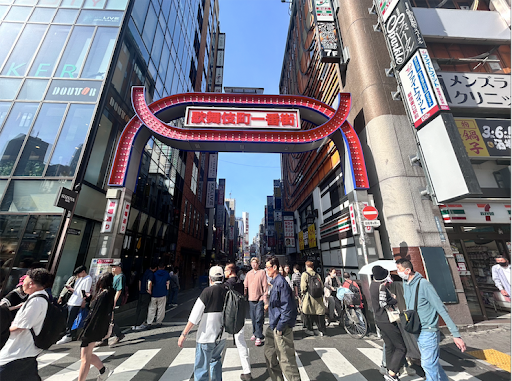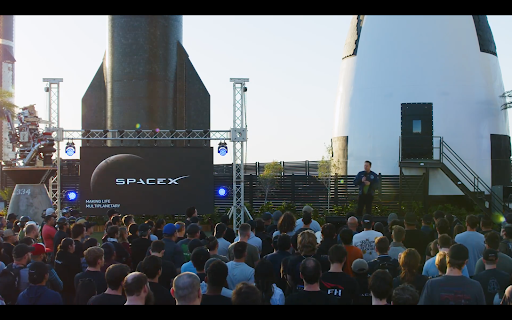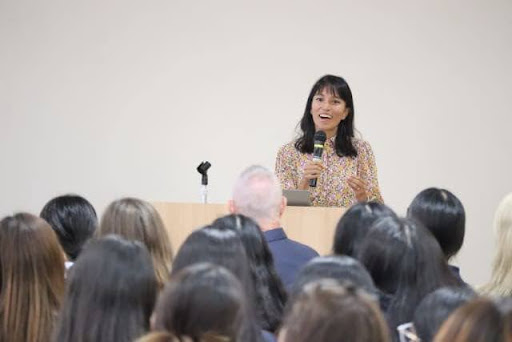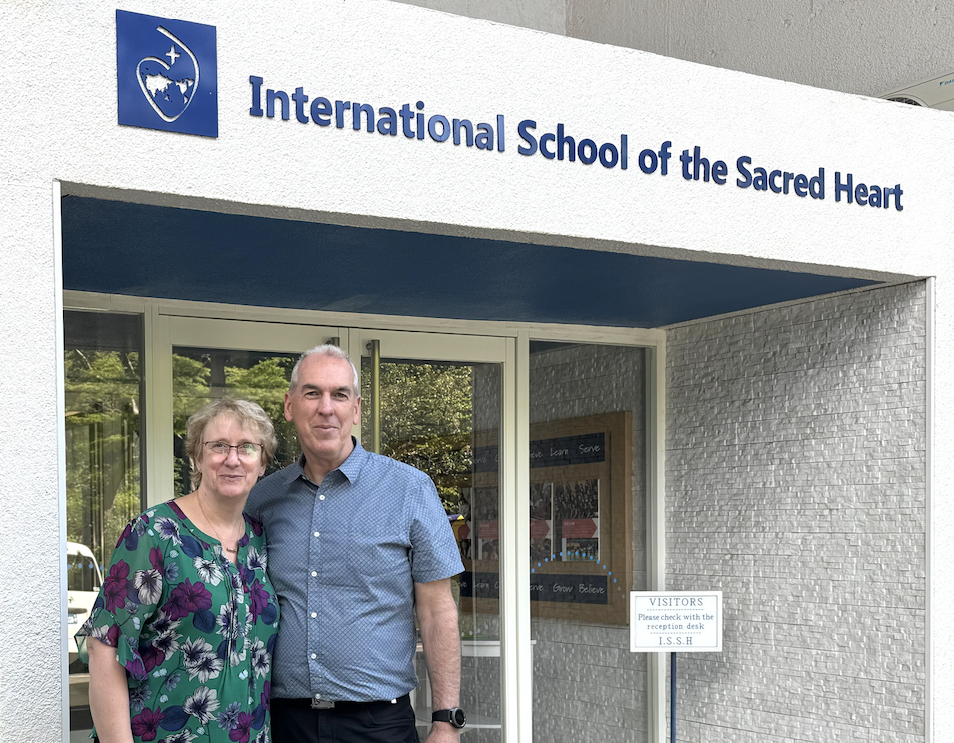Persistent pollutants: roots of a “toxic” relationship
In the 2018 New York Times article “Killer Whales Face Dire PCBs Threat,” writer, Karen Weitraub, discusses the contamination of orcas with dangerously high concentrations of Polychlorinated biphenyls (PCBs), and the potential hazards of these compounds on the orca population. Why are PCBs so dangerous? According to the article, they “disrupt the whales’ reproductive, endocrine, thyroid and immune system, harm their brains and trigger cancer.” Despite the 2001 Stockholm Convention banning the worldwide production of PCBs and preventing the further increase in concentration of the toxin in marine ecosystems, orcas are progressively becoming contaminated.
In AP Biology, I learned about the idea of bioaccumulation and biomagnification. Bioaccumulation is the accumulation of toxins (which are difficult to break down or excrete) in an organism’s tissue over time. Biomagnification is the magnification of the concentration of toxins in an organism’s tissue up the food chain, because an organism needs to eat multiple organisms from the trophic level below.
Orcas are apex predators—they have no natural predators, putting them at the top of their food chain—which makes them more prone to high concentrations of toxins, PCBs in this case, in their tissue. Bioaccumulation can cause the concentration of PCBs in the orca to increase over time as the PCB compounds are not excreted or broken down, and as each orca needs to eat many animals from the trophic level below, biomagnification causes the concentration of PCBs in the killer whale to increase through the food chain.
This phenomenon of organisms in high trophic levels being contaminated with elevated levels of toxins is not new. Post World War Two, the pesticide, DDT (sprayed all over agricultural fields), disproportionately affected bald eagles—thinning their egg shells. As thin eggs are more likely to crack, when mother eagles sat on their eggs to keep them warm, most eggs fell apart, causing bald eagle populations to plummet.
High concentrations of toxins in the organisms we consume could pose a threat to us humans as well. In 1950’s Japan, the discharge of industrial effluent containing methylmercury, contaminated Minamata Bay bioaccumulating in the fish, and biomagnifying through the food chain eventually being consumed by humans. Many local citizens whose meals are centered around sea food suffered Minamata Disease, a neurological syndrome caused by severe mercury poisoning.
As Rachel Carson claims in Silent Spring, published September 27th, 1962, “In nature nothing exists alone”. We must acknowledge that we are all interconnected and understand that disturbing one part of the natural world can affect other parts in unpredictable ways. In an age where an unimaginable amount of synthetic chemicals are being used, and we interact so “intimately”—as Rachel Carson puts it— with these chemicals through our modern lifestyles, we need a deeper and more developed understanding of how these chemicals affect us, the environment, and the other organisms with which we coexist. It is vital that we don’t interfere with the natural world by either finding biological alternatives to any potentially dangerous synthetic chemicals or banning them outright.







































